Disinfection of pipes, tanks and water supply
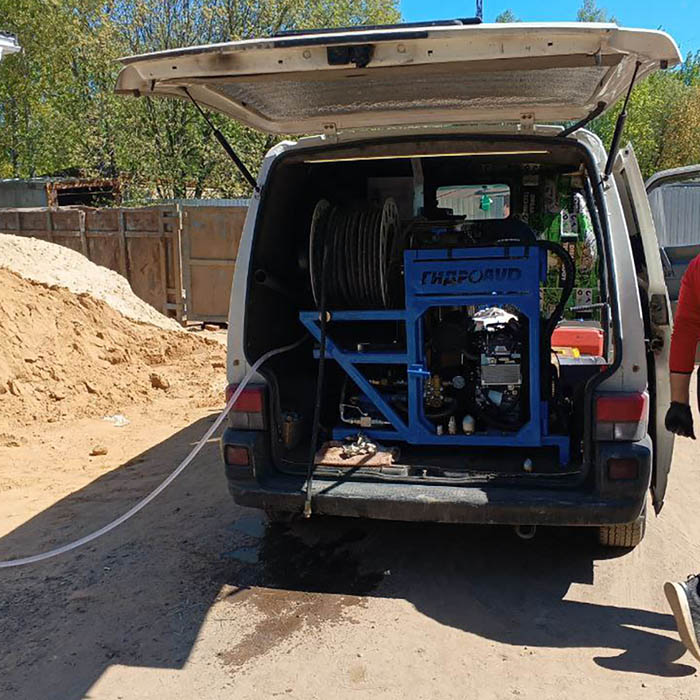
Disinfection of pipes, tanks and water supply
Disinfection of pipes, tanks and water supply
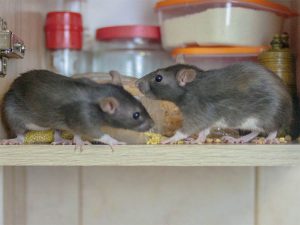
Disinfection – actions to remove bacteria, viruses from the air, on the surface of objects, on the surface of building structures. Liquid medium can also be disinfected. In this article, we look at common disinfection techniques and methods that may be needed for the country home and farm.
In order to disinfect, it is necessary to apply substances that destroy bacteria and viruses, in solution, in aerosol or in the gas phase – in the air. In solutions, active chlorine and oxygen in the form of sodium hypochlorite, hydrogen peroxide H2O2 are more often used. In the gas and liquid phase can be used ultraviolet radiation and ozone, which is produced by an ozonator based on UV source or smoldering high-voltage discharge in air. Soft disinfectants based on quaternary organic ammonium salts are also used in solution on clean surfaces.
Disinfection of the house in the country house can be associated with the presence of mice in the house. Thus, in a detached house on the edge of the place in the winter period mice are in the house. The mice may find a shelter or both shelter and leftover food, and they feel fine. In spring, the landlady finds numerous traces of mice – droppings, shreds of insulation. The droppings are on sheets and mattresses. If there’s droppings, there’s also urine – it’s just dried out.
All this can be dangerous – mice are carriers of a number of infectious diseases.
How to disinfect the house after the winter period? It is necessary to wash all bedding and dry in the sun, and soak with the addition of peroxide or chlorine. Even mattresses should be sprayed with chlorine, it is impossible to wash them. All surfaces in the house should be washed with hot water with the addition of manganese. And there is a whole range of works on disinfection – dishes, household items, disinfection in a complex.
The cost of disinfection of the house from $250. Transport costs $50. The work is calculated on 1 day, if more time is required and need additional work in the bath, in the barn, in the guest house, in the shower – the cost of work is negotiable.
Order disinfection in the garden, we deliver worker’ teams for garden treatment by spraying, for tree pruning or regular work, write in the form or in messenger.

Disinfection of pipes, tanks and water supply

Washing the premises and equipment with a disinfectant solution
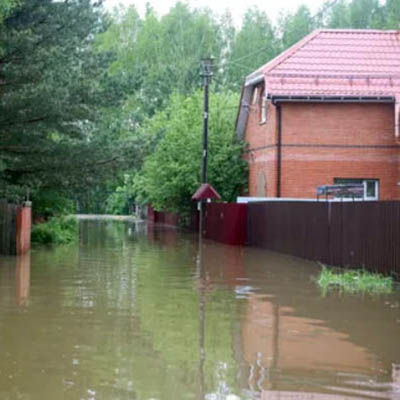
Disinfection of houses and buildings after a flood
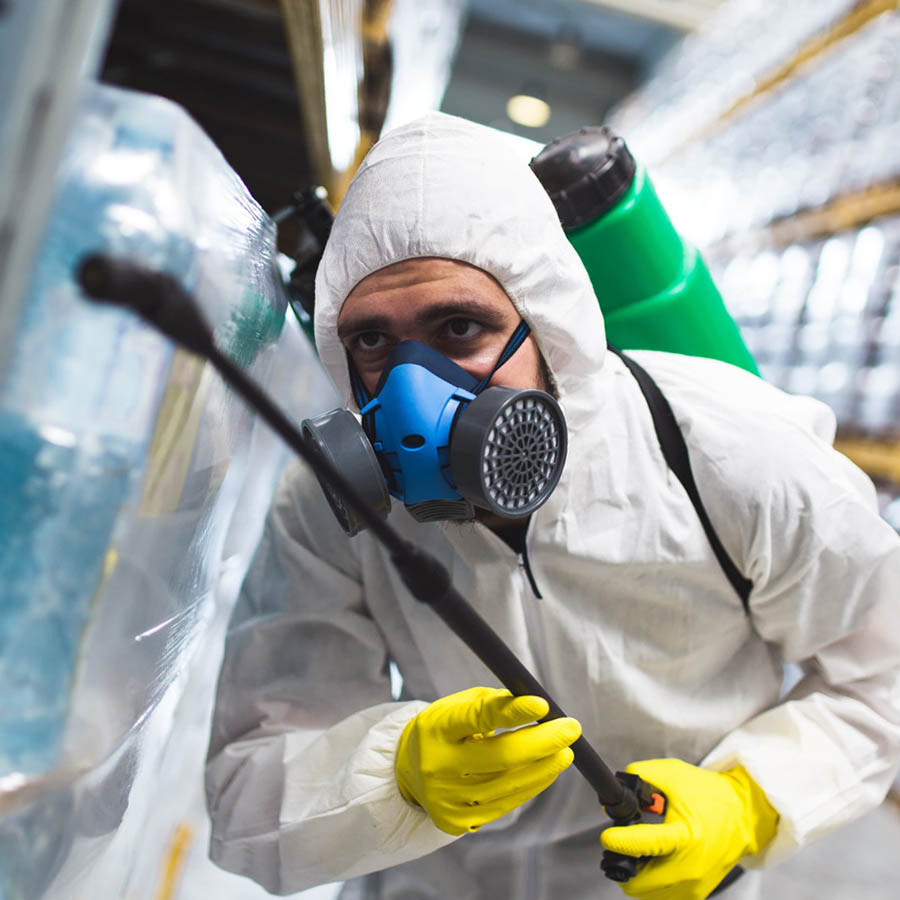
complex disinfection in the warehouse
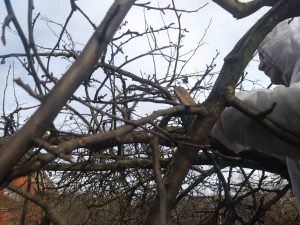
The main problems of the garden – trees and shrubs – are various fungal diseases and insect pests. And insects create a gateway to infection by chewing through the tissues of leaves and shoots. Disinfection in the garden – trees, shrubs, plants in greenhouses and in the field – is primarily associated with the destruction of spores and the spread of fungi – pathogens of garden plants. Copper sulfate 1-3%, copper chloroxide 0.3%, Bordeaux liquid 1-3% – the simplest disinfectants from mycoses, from lower fungi that threaten plants and crops. Treatment of trees with fungicides in the garden is done according to the plan 4 times during the spring and then, as necessary
For disinfection and disinfection of greenhouses, soil and substrate of greenhouses, potassium permanganate solutions are used, less often – bleach and hydrogen peroxide, mainly – for containers, containers, inventory. Also substrates and soils in greenhouses are treated with hot steam, killing all pests at once.
Seed disinfection, also seed dressing, is usually carried out by various means. At home – this is potassium permanganate, solution, but weak 1-2% solutions of peroxide, chlorine bleach, iron and copper sulfate can also be applied. The best approach when treating trees, seeds, soil, berry plants and shrubs, and cereals is to design for the task, knowing what are the threats. This approach requires specialists in garden disinfection against pests, bacteria and pathogenic lower fungi. Distinguish between contact fungicides, which are just copper preparations, and systemic fungicides, usually complex organic substances that are absorbed inside the plant tissues and “work” on the cells and hyphae of imperfect fungi pests “from the inside”. In garden practice, contact and systemic fungicides, as well as insecticides, are used together or alternated in the treatment of plants.
An environmentally friendly method of biological control of fungal plant diseases, such as the use of Trichoderma viride cultures, is spreading. It protects vegetable plants from root and fruit rots, black leg, white and gray rot, macrosporiosis, fusarium, phytophthorosis, anthracnose, wilt.
The principle of biological pest control is to apply a bacterium or fungus that parasitizes pathogens, or poisons them with its secretions. Bacteria and fungi can produce antibiotics, Trichoderma is interesting.
Sometimes after absence at the country house and arrival in the spring they find out that water in the well is “rotten”. It is necessary to disinfect the well.
One of the common problems with wells is mice getting into the casing. If the casing is not professionally installed, this is a common occurrence. Rags to plug the well – will not help, on the contrary, the well in winter – it is a warm place and mice rush there, can fall into the pipe. Water in the well is a column of about 30-100 liters, there are different wells, and the corpse of a mouse decomposed in it, the water is unusable. Locals will advise you to just pump out the well, long. You need to disinfect the well.
How do professionals act? It is necessary to take out and wash the pump of the well and soak it in a solution of disinfectant. In the well should be poured concentrated hydrogen peroxide, about 5-10 liters, to calculate the volume to the entire water column was 2-3% in terms of H2O2. Sometimes it is necessary to do this work in 2 visits, because peroxide should “work”, water temperature is low and it takes two or three days for peroxide to oxidize all organics and bacteria, and only after that the well is pumped out, and then the water is analyzed. If the analysis is unsatisfactory, you should repeat the process of disinfection of the well. And pour into the well for disinfection another 5 liters of concentrated hydrogen peroxide. Any other means, especially – based on chlorine, it is not recommended to use, they leave a trace and odor of chlorine, which indicates possible harmful substances.
Disinfection at the cottage, in the cottage, may be needed in the bath, in the sauna, in the shower – to treat the water tank. This is quite voluminous and labor-intensive work. The cost of disinfection of the well with reagents – from $300 thousand rubles. plus $50 – the cost of transport of a specialist for one cycle disinfection. How many cycles – will show the analysis of water in the laboratory EMS. The cost of analysis is paid separately
The key to disinfection technology is to first clean the object of organic contaminants so that the application of oxidizing solutions is effective. The primary means of control is the taking of surface wipes – if no bacterial agents are found in the wipes, the disinfection is successful. If infectious agents are found in the wipes, the disinfection activity is repeated.
Ultraviolet sources of hard UV are used quite widely for air disinfection in medical organizations, in enterprises where people are present. Note that the presence of people is possible after switching off the sources of radiation – quartz lamps of smoldering discharge.
Disinfection measures can be regular, such as treatment of surfaces with disinfectant solutions in catering, and periodic, and one-time, on the appointment of the bodies of the Sanitary and Epidemiological Service.
One of the popular disinfection agents are preparations of quaternary organic ammonium salts. These agents act in ultra-low concentrations and pose no particular threat to humans. Therefore, they are recommended instead of aggressive disinfectors of oxidizing action, containing chlorine and hydrogen peroxide. Naturally, these agents are quite expensive.
Order disinfection in the garden, delivery of workers for garden treatment by spraying, for garden pruning or regular work, write in the form or in messenger.